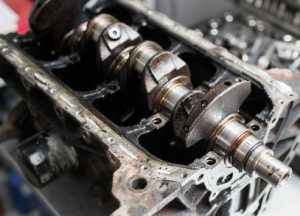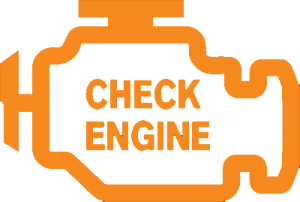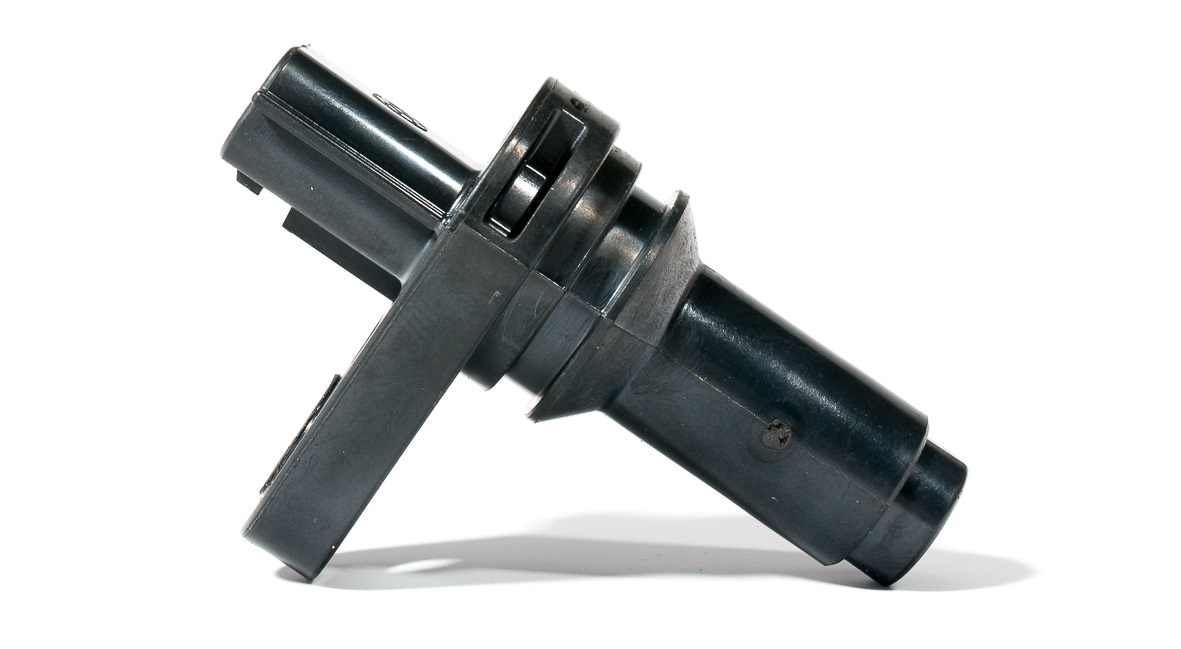What’s a Crankshaft Position Sensor and Why Should You Care?
Alright, let’s break it down in plain English. The crankshaft position sensor (yep, bit of a mouthful) is a little electronic gadget that sits by your engine and keeps tabs on how fast your crankshaft’s spinning. It basically tells your car’s brain (the ECU) exactly when to squirt the fuel in, and when to spark things up. If you’re bombing around on Cobham Drive, stuck in traffic on Victoria Street, or dodging potholes out in Rototuna, your crankshaft position sensor is helping everything fire precisely at the right time. It mates up with your camshaft sensor too, making sure your engine’s in sync.
Now, you don’t notice it when it’s working. But sheesh, when it’s on the blink, you know about it. We see plenty of Toyotas and Mazdas in here from Te Awamutu to Ngaruawahia with crankshaft sensor dramas. Recently, a lady rolled in from Cambridge with her Euro Peugeot making all sorts of noises after it had copped a few speed bumps out in Hillcrest.

How Bad Is It If The Sensor Fails?
Short answer: It can be a right pain. Sometimes your car will flick the check engine light on, and you’ll start getting all sorts of funny business – like stalling at the lights outside The Base, rough idling down Massey Street, or just chewing through fuel way too fast. In a worst-case, your car might not even start – we had a Subaru from Morrinsville last week that died outside the supermarket and left the owner stranded.
Best not to press your luck, really. Driving with a dodgy crankshaft sensor can make your car stall out at the worst times, especially doing the morning commute through Dinsdale or trying to get the kids to hockey in Tamahere. Could even end up damaging your engine if you ignore it too long.
What Sets Off the P0335 Fault Code?
You might see fault code P0335 pop up on the scanner. That’s the car’s way of saying there’s a problem with the crankshaft position sensor or its wiring. Here’s what we find in the workshop:
- Magnet issues: Lots of sensors work off magnets, and if they get weak or break, game over.
- Dodgy wiring: Hamilton’s weather – all that rain and then heat – can cause wires to crack or corrode, causing shorts or open circuits.
- Buggered timing belt (cambelt): If your cambelt or chain snaps, nothing’s in time, and your sensor won’t know what’s what. Sometimes we see this in older Hondas or the odd Hyundai from Ohaupo.
Full run-down on the code here: P0335 Fault code
Spotting The Symptoms in Real Life

You might notice:
- Check engine light on, or maybe flickering
- Engine lacking grunt, especially heading up Rifle Range Road
- Fuel usage way up (hurts the wallet fast)
- Car won’t start, or runs rough, coughs, and splutters
- Random stalling – never fun, especially at a busy roundabout in Chartwell
- Engine shudders or vibrates heaps
- Backfiring or misfiring
We’ve seen more than a few hybrids (Prius, Corolla hybrids), late-model Suzukis, even the random SsangYong, with sensors that cut out more when things get hot. Sometimes they work again when the car cools down, so don’t get lulled into thinking it’s “fixed itself”.
Diagnostics & Replacement at Grimmer Motors
To be honest, there’s only so much that online guides or guessing can do. Every car’s a bit different– especially with all the stop/start on the Hamilton streets, or if you’ve driven over a heap of speed bumps in Fairfield.
Bring it in to Grimmer Motors, and one of our techs will suss it out proper. We use all the good gear– scan tools, oscilloscopes, ohmmeters, plus a solid hands-on check. We always figure out the exact problem with your ride BEFORE we swap any parts, and we’ll talk you through what’s up in plain Kiwi. Doesn’t matter if you’re in a 90s Nissan or a flash Audi E-Tron, we’ve seen the lot.
If you’re having any drama with your engine or you suspect the crankshaft sensor’s acting up, give us a bell. We do honest diagnostics, WOFs, hybrid repairs, the works– all right here in Hamilton.

